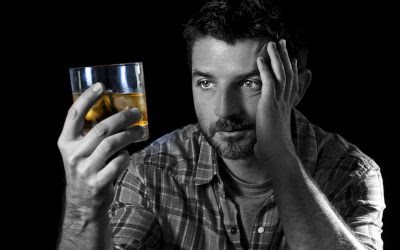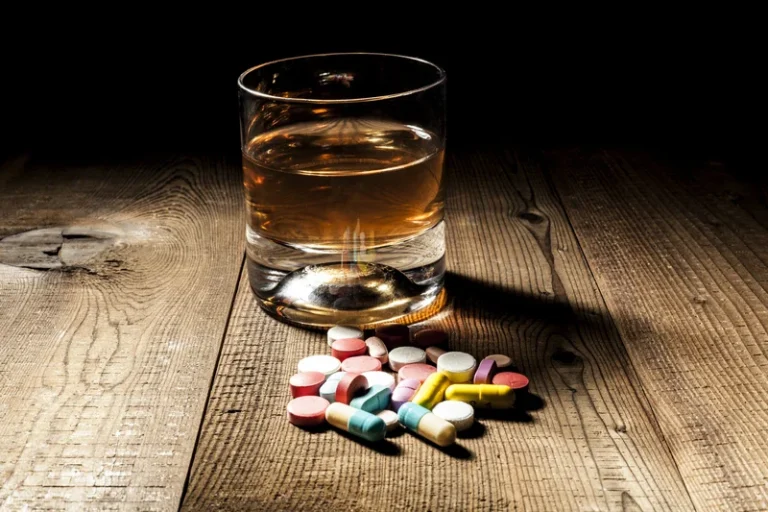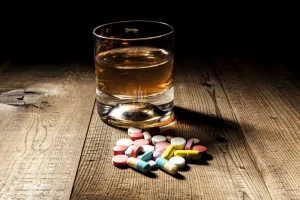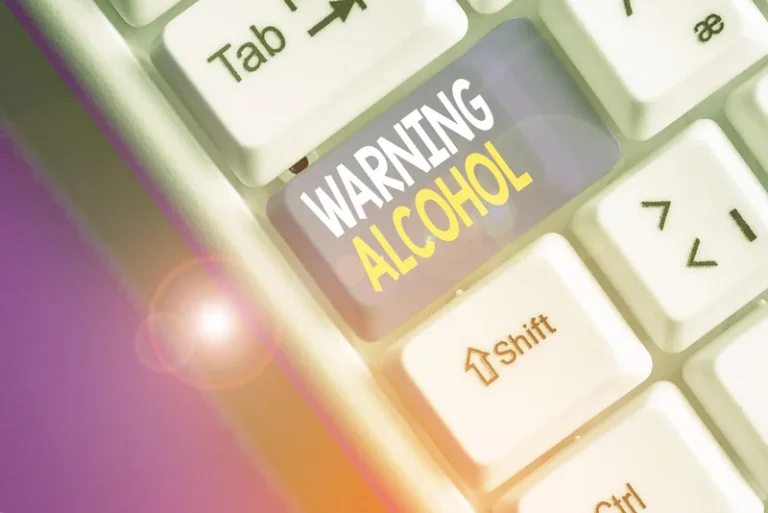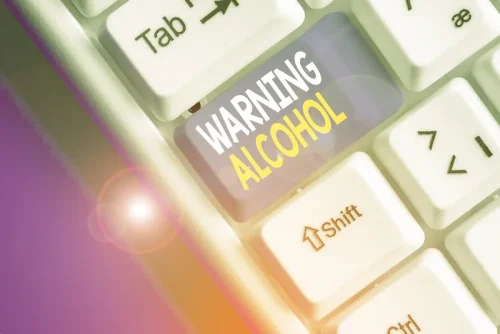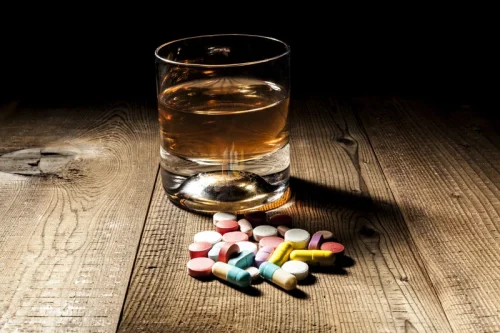May enhance the activity of tricyclic or sympathomimetic agents causing striking and sustained increases in the concentration of d-amphetamine in the brain; cardiovascular effects can be potentiated. Monitor frequently and adjust or use alternative therapy based on clinical response. Concomitant use of MAOIs and CNS stimulants can cause hypertensive crisis. Potential outcomes include death, stroke, myocardial infarction, aortic dissection, ophthalmological complications, eclampsia, pulmonary edema, and renal failure. Do not administer Adderall® concomitantly or within 14 days after discontinuing MAOI see CONTRAINDICATIONS and WARNINGS. Advise patients that motor and verbal tics and worsening of Tourette’s Syndrome may occur during treatment with Adderall®.
Bipolar Disorder
Discontinue treatment with Adderall® and any concomitant serotonergic agents immediately if the above symptoms occur, and initiate supportive symptomatic treatment. Adderall is a stimulant medication often prescribed to treat attention deficit hyperactivity disorder (ADHD). It causes changes in brain chemistry that can help improve ADHD symptoms like restlessness or inability to focus.
7 Peripheral Vasculopathy, Including Raynaud’s Phenomenon
Do not take Adderall late in the day or in the evening, as this may affect your sleep. Serotonergic medication should also be avoided because it can increase the risk of serotonin syndrome. This includes some dietary supplements, prescription drugs, and black-market substances that impact serotonin. Serotonin syndrome can cause sudden death and other severe risks. Reduced appetite was reported in clinical trials of Adderall.
Before taking this medicine
Weight loss is a primary side effect of Adderall that some people decide may benefit their appearance and overall wellness. They may also have difficulty snacking too much throughout the day. Adderall can aid with both issues because it reduces cravings and decreasing overall appetite. Adderall can decrease appetite, which can cause someone to lose a significant amount of weight. People who struggle with a weight problem often have trouble eating small portions.
Your child’s doctor may increase their dose by 2.5 mg weekly until they reach the right amount for them. Adderall is used in adults and certain children to treat ADHD and narcolepsy. Adderall contains the active ingredients amphetamine and dextroamphetamine and belongs to a group of stimulant drugs called amphetamines. For the treatment of ADHD and sleeping disorders, the adult starting dose of the instant release form is 5 mg to 10 mg, once or twice per day.
How Does Adderall Work On The Body?
- Adderall can significantly increase your blood pressure and heart rate in the short term, which can cause problems for people with pre-existing heart conditions.
- It makes the user feel more awake and focused while remaining calm.
- Amphetamines like Adderall XR have a high potential for abuse and dependence, especially among people who do not have ADHD.
- This list is not complete and many other drugs may affect amphetamine and dextroamphetamine.
- But it’s not clear whether this side effect occurred in the drug’s studies.
Adderall can alleviate these issues just as it does with someone who has ADHD. The energy that occurs when you take Adderall can also be beneficial during a depressive episode. People often have trouble finding a reason to get up or the energy to function and work. Adderall can boost their energy and frame of mind to give them the capacity to carry on with their daily lives.
But it may also be prescribed for other conditions like narcolepsy, a rare sleep disorder that causes daytime sleepiness. Ask your doctor before using a stomach acid medicine (including Alka-Seltzer or sodium bicarbonate). Some of these medicines can change the way your body absorbs amphetamine and dextroamphetamine, and may increase side effects. Stimulants have caused stroke, heart attack, and sudden death in people with high blood pressure, heart disease, or a heart defect. Severe interactions include signs of heart problems and chest pain, psychosis, blood circulation problems, seizures, and muscle cramps, or vision changes. For these issues, you should immediately consult a doctor for can adderall cause chest tightness medical advice about side effects.
- Advise patients to store amphetamine sulfate in a safe place, preferably locked, and instruct patients to not give Adderall® to anyone else.
- It can cause psychotic or manic symptoms in children and teenagers.
- These side effects may go away during treatment as your body adjusts to the medicine.
- People without ADHD are typically within the “happy window” of dopamine and norepinephrine already.
Related articles from Health Reference:
Although the enzymes involved in amphetamine metabolism have not been clearly defined, CYP2D6 is known to be involved with formation of 4-hydroxy-amphetamine. Since CYP2D6 is genetically polymorphic, population variations in amphetamine metabolism are a possibility. Enter medications to view a detailed interaction report using our Drug Interaction Checker. Before you have any medical tests, tell the medical doctor in charge that you are using this medicine. If your child is using this medicine, the doctor will need to keep track of your child’s height and weight.
If you take Adderall as prescribed by your doctor, you are less likely to become addicted. But if you take too much Adderall, or abuse it to get high, you may become dependent on it. For this reason, you should always tell your doctor about any health conditions you have and only take Adderall under the care of a clinician. Since Adderall can improve attention and focus, it can help people with ADHD develop better work habits and skills so that they are more equipped to perform socially, academically, and professionally, Beresin says. Store at room temperature away from moisture, heat, and light. You should be aware if anyone is using it improperly or without a prescription.
Throughout Adderall® treatment, reassess each patient’s risk of abuse, misuse, and addiction and frequently monitor for signs and symptoms of abuse, misuse, and addiction. Disclose to your physician all mental health issues, including any family history of suicide, bipolar illness, tics, or depression. The drug manufacturer of Adderall XR, Shire, recommends evaluating patients for bipolar disorder, tics, and Tourette’s syndrome prior to stimulant administration.
For People WITH ADHD:
At first it helped a lot, although a couple weeks after I started taking it, I started noticing that I was having difficulty swallowing, it felt like my throat was somehow smaller than normal. Amphetamine and dextroamphetamine may cause new or worsening psychosis (unusual thoughts or behavior), especially if you have a history of depression, mental illness, or bipolar disorder. Doing so may increase your risk of certain side effects of the drug. If you’re interested in learning more about Adderall’s off-label use for depression, talk with your doctor. ” section above for detailed information on dosages for adults and children by age. You can also talk with your doctor or pharmacist to learn more about the dosages of Adderall.
Cardiologist never said Adderall is not good for you maybe ask for different anti depression drug again. Now they are warning everyone about heart palpitations, chest pain, high blood pressure stop!! If any of these side effects are severe, contact your doctor to help monitor the symptoms. If you develop symptoms like fainting, chest pain, or difficulty breathing, get medical attention right away. Adderall is one of the most commonly prescribed medications for ADHD.



